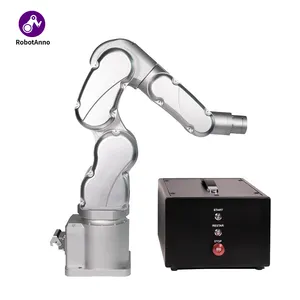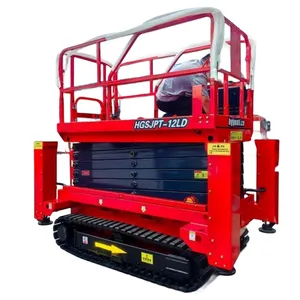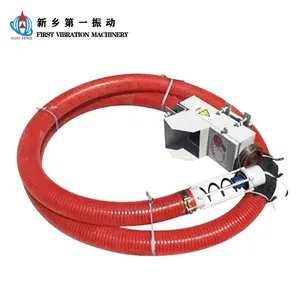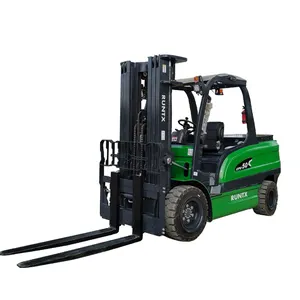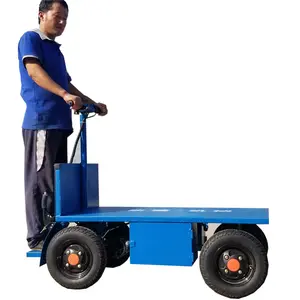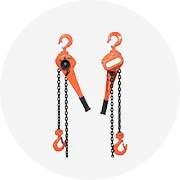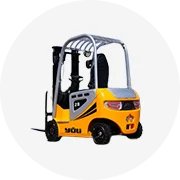Populaire dans votre secteur d’activité




































































Recherches associées:




















































































































































Meilleures catégories
Concernant chariot à outils 6 tiroirs
Boostez votre productivité avec un incroyable. chariot à outils 6 tiroirs qui bénéficient de réductions et d'offres incroyables sur Alibaba.com. Le. chariot à outils 6 tiroirs regorgent d'innovations passionnantes qui facilitent et simplifient le mouvement des bagages. Fabriqués à partir de matériaux et de conceptions robustes et robustes, ceux-ci. chariot à outils 6 tiroirs sont très durables et très efficaces dans leurs performances. Par conséquent, ils conviennent à de nombreuses activités de déménagement de bagages.
Pour répondre aux besoins de tous les utilisateurs, le. chariot à outils 6 tiroirs sont disponibles dans une très large collection. Il comprend de nombreux styles, tailles et conceptions qui tiennent compte des différentes exigences des différents acheteurs. La qualité de ceux-ci. chariot à outils 6 tiroirs est superbe et les chaînes de traitement incluent des fournisseurs et des grossistes de confiance pour garantir d'excellents résultats durables. Le. chariot à outils 6 tiroirs se caractérisent par des conceptions et des tailles de roues bien pensées pour minimiser l'effort nécessaire pour les déplacer.
La facilité d'utilisation. chariot à outils 6 tiroirs est un déterminant essentiel de la qualité du résultat. Sur Alibaba.com, tout. Les chariot à outils 6 tiroirs sont fabriqués à partir de matériaux solides qui prennent en charge différentes plages de poids. Dans le même temps, les matériaux sont suffisamment légers pour éviter d'ajouter un poids inutile. Le. chariot à outils 6 tiroirs veillez à ce que chaque fois que vous les chargez, le poids soit réparti uniformément sur toutes les roues. À cet effet, ils vous offriront la plus grande facilité et commodité lors de leur déplacement.
Achetez dès aujourd'hui sur Alibaba.com et obtenez le meilleur rapport qualité-prix. Vous obtiendrez les produits de la plus haute qualité lorsque vous explorerez différents. chariot à outils 6 tiroirs et choisissez celui qui vous convient le mieux. Comme. chariot à outils 6 tiroirs grossistes et fournisseurs, vous bénéficierez d'offres captivantes qui propulseront votre entreprise au niveau supérieur.
